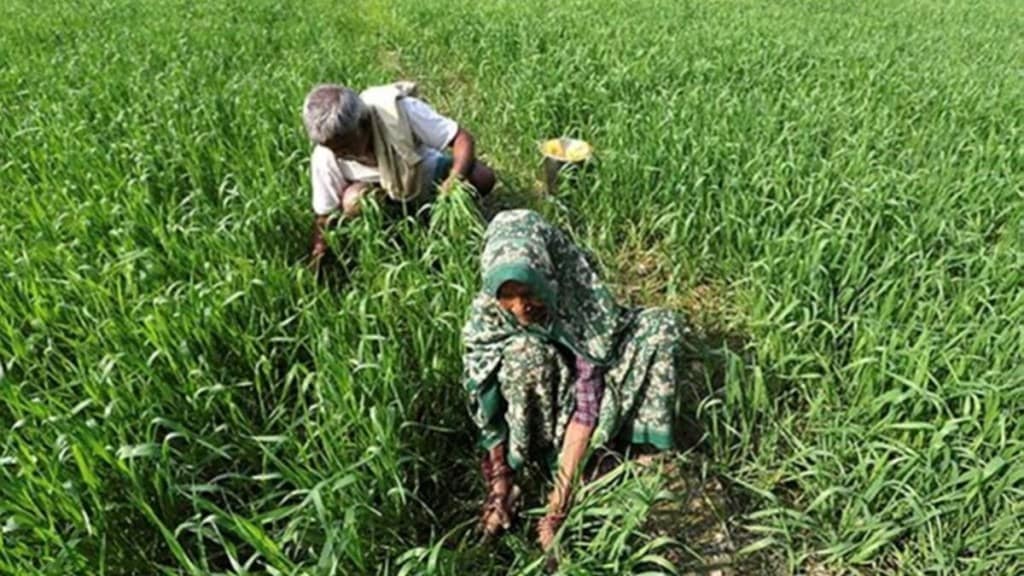The finance ministry last month in a report had stated that the predictions of a return of El Nino conditions in the Pacific could presage a weaker monsoon in India, resulting in lower output and higher prices, but an analysis of data indicates a weakening linkage between the performance of monsoon and foodgrains production.
This is being attributed to expansion of irrigation facilities and development of climate resilient varieties of crops which minimised the impact of rains on the crop output.
The monsoon and foodgrains data for the decade indicate that despite uneven performance of monsoon rains over the years, its impact on India’s foodgrains production has been marginal.
Also read: Heatwave may hit wheat output, growth may be far below expected; analysts fear price rise
For instance, monsoon rains were 12% below the normal benchmark in 2014 while the food grain production in the 2014-15 crop year (July-June) declined by just 5% to 252 million tonne (MT) compared to previous crop year.
In 2018, monsoon rains were 9% below the normal benchmark, but the production of rice, wheat and pulses did not fall in the 2018-19 crop year compared to previous year.
“Deficient monsoon rains largely do not impact rabi or winter crops like wheat, pulses and oilseeds as these crops mostly have irrigation facilities,” CSC Sekhar, professor, Institute of Economic Growth, University of Delhi, told FE.
Sekhar, also the member of a panel set up by the agriculture ministry on minimum support price (MSP), said while temporal distribution of monsoon rains has been patchy for many years, several regions have received adequate rainfall thus minimising its impact on agriculture.
S Mahendra Dev, former chairman of Commission for Agricultural Costs and Prices (CACP) also said that even in case of deficient monsoon rains, several regions do receive adequate rainfall thus minimising impact of monsoon on agriculture sector.
According to an agriculture ministry official, the government’s procurement of rice and wheat is carried out mostly in those states such as Punjab, Haryana, Madhya Pradesh and Telangana, which mostly have irrigation facilities thus minimising impact of deficient monsoon rains.
Farm output and farmers’ income aren’t as directly co-related as many would assume. The mandi prices and the actual price realisation by farmers are determinants of farmers’ income.
Also read: Dividends from CPSEs may fetch govt Rs 55k cr
The MSP of paddy and wheat has been consistently rising at slightly higher than earlier in recent years thanks to the policy of cost-plus-50% returns ensured since the 2019-20 marketing year. Also, with the exception of the current rabi marketing year (April-June) when wheat procurement dropped sharply, MSP purchases from the farmers have been around 60 million tonne (MT) annually.
According to official data, the livestock sector grew at a compound annual growth rate (CAGR) of 8.15% over the five years ending 2019-20. In contrast, the production of rice, wheat and coarse cereals expanded at CAGRs of 2.7%, 2.9% and 4.8% respectively between 2015-16 to 2020-21. Production of horticultural crops — fruits, vegetables, plantation and spices which contribute a third of agriculture GVA, have witnessed a sustained growth in recent years.


